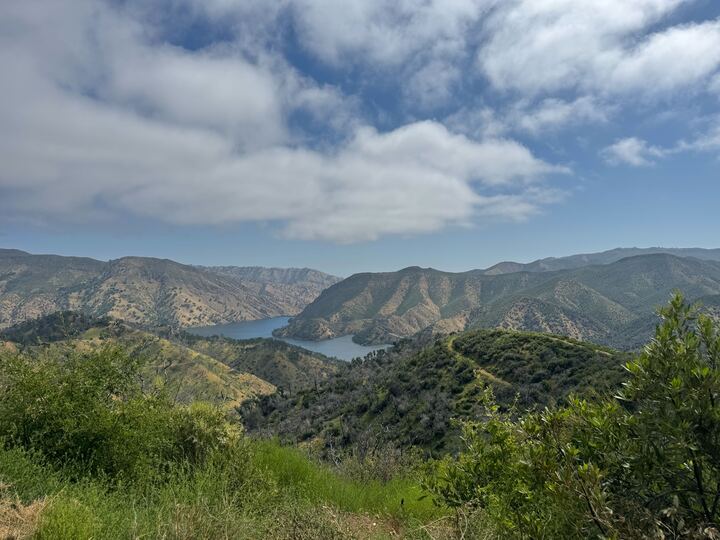Session Recap: Woodpecker granary project
Great work, everyone!
Huge shoutout for wrapping up your proposal presentations
and participating in our final vote! After thoughtful discussion, Section B will
be studying Acorn woodpecker granary behavior for our field study, specifically
looking at how it relates to tree health, fire damage, and acorn storage.
Meeting Minutes – Friday, April 24th:
12:00 PM - 10 minutes group pre-task
12:10 PM - Acorn Woodpecker & Seed Caching Group
12:30 PM - Oak Health & Ant Biodiversity Group
12:50 PM - Woodpecker Nesting Cavities Group
1:10 PM - Pipevine Swallowtail Larvae Group
1:20–1:35 PM - Vote → Acorn woodpecker & granaries Won!
1:40 PM -System brainstorm: site visits, literature review,
method prep
1:50–2:00 PM - Planning for next field visit at Stebbins and Quail Ridge
What to Do Before Wednesday’s Field Visit?
Complete the following to ensure we’re all ready to hit the ground running on Wednesday:
- Read and share Zotero articles from the Woodpecker Granary Group
- Begin brainstorming how we quantify bark softness (depth, pressure)
- Make sure you have access to:
o
Merlin Bird ID (download the West Coast bird
pack)
o
Google My Maps (free)
o ArcGIS (use student email for access)
- Review the burn severity classification system:
Severity | Description |
0 – None | No char or burn |
1 – Light | Partial charring below breast height |
2 – Moderate | Almost full bark char below DBH |
3 – High | Complete char, altered bark, above DBH |
4 – Dead | Full char, visible cambium, tree dead |
What will we do in the field?
Each person should aim to complete the following field task with a partner:
- Choose 5–10 trees to observe at your assigned site
- Take notes on: Tree species, Health status (Healthy / Burned / Dead), Presence of granaries, Signs of fungi or major decay
- If acorns are found, note condition (inspect 2–3 if accessible)
- Drop GPS points on the site layout, or mark visited trees
- Collect bark samples from varying degrees of tree condition
- Collaboration is key to collecting reliable data! To minimize human error in the field, we will work in pairs or small groups to help ensure that nothing important is missing and provide confirmation when needed.
- Rotate between tasks (photographer, data collector...)
- Only collect what is naturally loose – do not cause excessive harm to the trees
- Stay consistent in data recording; what is recorded for one tree/site should be done for another
- Take lots of photos! These are great for later identification and comparisons, capturing trees, acorns, bark, granaries, and anything else of interest to share with the class.
What to do after our visit?
- Upload photos to Slack
- Both site teams organize and share any notes, patterns observed, surprises, or issues into the shared document located in the Drive folder "April 30th Field Notes-Acorn Woodpecker Granaries."
- Provide any suggestions for future hypotheses or procedures
Agenda for Wednesday’s Class – April 30th
10:00 AM - Meet at the parking lot and
breaking off into two groups (Quail Ridge and Stebbins)
10:10–10:50 AM - Travel to Field Sites (approx. 30–40
minutes)
10:50–11:00 AM - On-Site Briefing, final
check that everyone has tools, apps, and sample materials
11:00 AM–1:20 PM - Field Observations & Data Collection
1:20-1:30 pm - Brief Discussion, wrap up, group reflections, and
pack up
1:30–2:00 PM - Traveling back to campus




Comments
Post a Comment